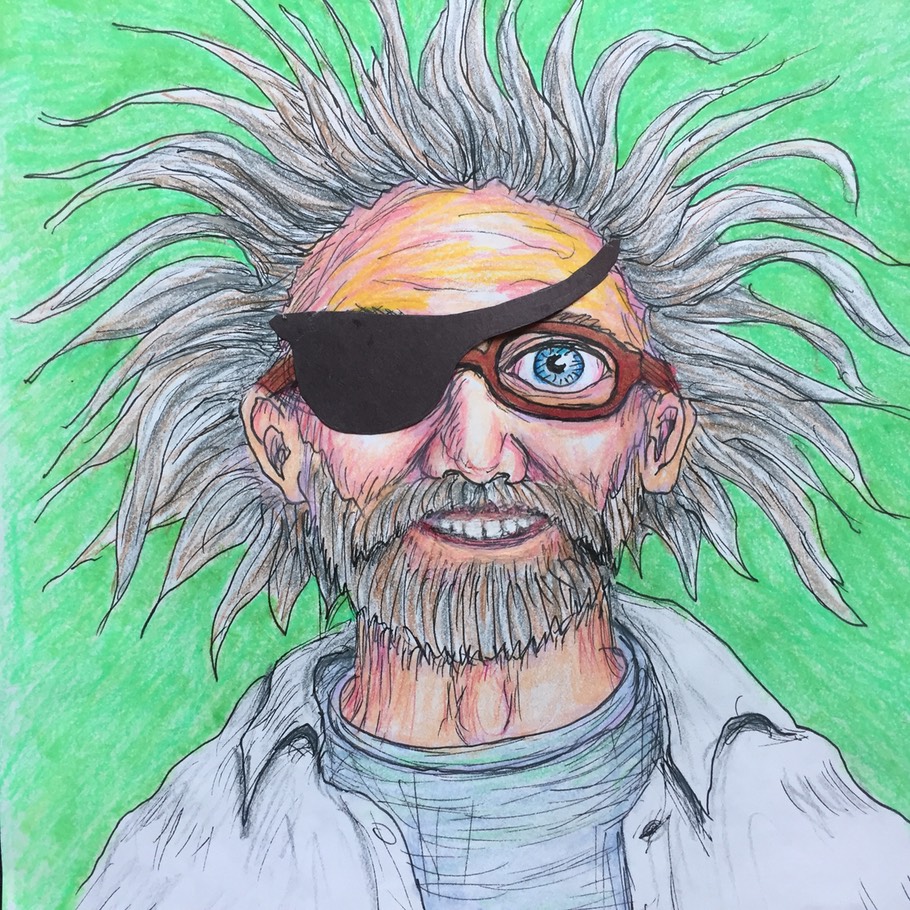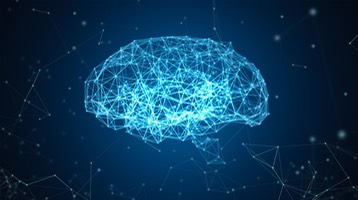This could be one of the most crucial issues for some students.
Here's the short story behind the complex issue of eye movements:
People with weak magnocells can have normal or better than normal vision, but they have difficulty tracking moving objects (see John Stein, et al below*). But letters are fixed to the page, right? So it would seem, but when we read we're scanning the page, and the letters are moving through our visual field (in a fluid reader, the speed is 11mph). Sure, we can stop anytime, but then we're not reading anymore! Reading is movement.
When a person with weak magnocells tries to scan the page, their eyes don't always stay in sync with each other. One eye may fall behind and then try to catch up, causing spasms.* This is further complicated by the fact pointed out earlier, that a beginning reader has to look ahead to check the ending of each word to decide how the vowel is pronounced (ex. no/not/note). How does this look to the viewer? Letters can “dance” on the page, or flip back and forth. I had a student who would randomly start reading backwards. This is one possible cause of letter reversal, but it's not all the time! (Also see the mirror invariance discussion below for another possible cause.)
Imagine trying to learn words when they won't sit still, or they randomly reverse. This creates ambiguous memories of words. Furthermore, when a student is 5 or 6 years old, it is normal to not be able to tell the difference between something that is facing left or facing right. After all, this is how we recognize that it's the same person whether they're facing in one direction or the other. This is called “mirror invariance.” Thus we don’t know if a person with letter reversal issues has a mirror invariance problem, or a magnocell problem.
Breaking mirror invariance is necessary to tell a “b” from a “d,” and it is something we pick up in the course of learning to read.** If we're suffering from weak magnocells at the same time, then it may become next to impossible to fully break mirror invariance. I had a senior in high school who said it looked like the b's and d's were just “flipping on the page.” This was the moment when I decided to try to find the answer to this dilemma.
Here's the longer story behind magnocellular deficits:
It still may seem strange that eye movement could have an effect on reading. But seeing is believing, so to speak. I've seen this, and I've seen how it affects a student's reading. As for the percentage of students who suffer from this affliction, I can't say, but neuroscientist John Stein* claims that 3 out of 4 dyslexics have a problem with eye movements. And he has proven that it is treatable. Why then, is this not more well-known? ***
Diagnosing eye movement issues:
If a student intermitently reverses letters, or complains that they appear to move on the page, these are symptoms. Here are some things to check:
1- Your school my have a device that tracks eye movements. Sometimes these are used for just diagnosing and categorizing students, thinking that this is a permanent disability- it’s not! But you may get a diagnosis with one of these. If so, I would try this series of solutions and then have your student retested.
2- A simple, but not necessarily conclusive test is to have your student look at your finger as you move it back and forth directly in front of them. Watch their eyes as you move your finger, and look for spasms or jerky movement where one eye is trying to self-correct. This is tricky, because the problem is intermittent and you have to watch both eyes.
Solutions:
Saccades-These are the movements of the eyes as they cross the field of vision. Sitting down with elbows on the table, have your student hold one finger from each hand straight up, 12" apart and about 8" from the face. Without moving the head, using both eyes, have them focus first on the left and then on the right finger, then back to the left finger. This is one cycle. Watch to see if they are making it all the way left and right, and count how many cycles they can do in one minute.
Take a one minute break, then reduce the distance between fingers by about a half inch, and do another minute set of cycles. After each one minute session, take a one minute break and reduce the distance another half inch (ending up at about 7” distance). In Stein's study*, they did ten sets of cycles, one minute on and one minute off, totaling 20 minutes as part of each total session.

Wearing an eye patch- There’s a little bit of pirate in all of us, right? What Stein and company found is that reading with one eye greatly reduces eye movement issues because it eliminates the need for both eyes to coordinate their movement. Additionally, if each eye is exercised separately, then they gain the steady control needed to coordinate when using both eyes.
Eye Motion Videos: Follow this link to some videos that I designed to help with eye motion and perception. More will be available as time permits. Some of these are done with both eyes and some with the eye patch.
* John Stein, Ebrahami, Pouretremad, Khatibi- https://www.nature.com/articles/s41598-018-37753-7 Note: I put Stein’s name first out of the 4 scientists because he came up with this idea back in 2001, and this study was published in 2019. I will post that earlier article and more on this subject soon.
** “How Does Literacy Break Mirror-Invariance in the Visual System?”, Pegado et al, 2014
*** More discussion on this subject:
1- Since these cells only affect the peripheral vision, a person with poor magnocells may otherwise have excellent vision! This is because the cells in the macular region (central retina) have a different type of cell transmitting their signals. A student may ace the lines and line-junction play-sheets, yet still have poor magnocells. Keep in mind that the problem is not in the eye, but in the transmission of visual signals.
2- The other problem is that this condition is not apt to show up in an fMRI image, which is our new “window into brain function,” the “holy grail” of brain knowledge. Neuroscientists have rightfully focused their attention on these brain images, which have given us so much valuable information about the brain.
3- This weakness in the peripheral visual stream can also cause weakness in the cerebellum. This “little brain” at the back of the brain is involved with balance and automatic memory (called procedural memory) that you use to automatically remember how to do things like tie your shoes or ride a bike. It’s not clear if this also affects the automatic memory of sight words as well. More to come on this subject...
